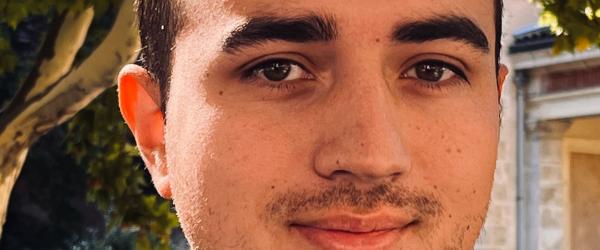Illusory self-location in virtual reality: The interplay of vestibular function, aging, and gaming experience
Zoé DARY, Paul KOBLISKA, Jacques LEONARD, Michel TOUPET, Charlotte HAUTEFORT, Jean-Marie PERGANDI, Pierre DENISE, Christophe LOPEZ.
Abstract
The vestibular system plays a crucial role in body and self perception, as evidenced by the effects of artificial vestibular stimulation in healthy individuals and the depersonalization-like symptoms observed in patients with otoneurological disorders. However, its role in the bodily self—an immediate and pre-reflective form of self-consciousness—remains relatively unexplored. This study investigated the influence of bilateral vestibulopathy (BVP) on the bodily self using a full-body illusion (FBI) in virtual reality. We assessed illusory self-location and self-identification in 34 patients with partial or complete BVP, 34 age-matched healthy controls, and 34 younger controls. Our results showed that BVP did not significantly affect the bodily self as measured by the FBI. However, patients with total vestibular loss showed a larger drift in self-location, suggesting that otolithic signals play a key role in illusory self-location. Age emerged as an important factor, with younger participants exhibiting stronger susceptibility to the illusion. Importantly, age interacted with gaming experience to predict illusory self-location, indicating that prior exposure to video games and virtual environments may influence bodily illusions, particularly in younger individuals − a pattern that remained even after controlling for migraine and motion sickness susceptibility. While migraine had no significant effect, higher motion sickness susceptibility was associated to reduced drift in self-location. These findings emphasize the complex interplay between vestibular function, age, prior experience, and sensory integration in shaping the bodily self, and highlight the importance of considering age- and experience-related variables when studying bodily illusions in virtual environments.
L'article ici

